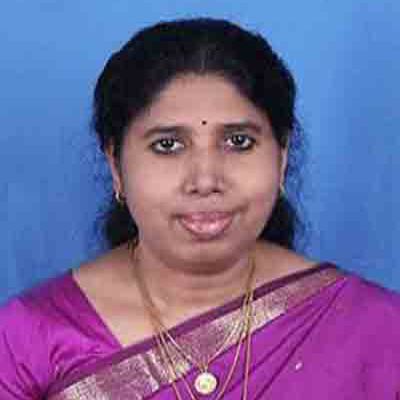Prof. Philomena George
ProfessorDepartment of Biotechnology, Karunya University, Coimbatore, Tamilnadu, India
Highest Degree
PostDoc. in Plant Biotechnology from International Institute of Biotechnology and Toxicology, India
Share this Profile
